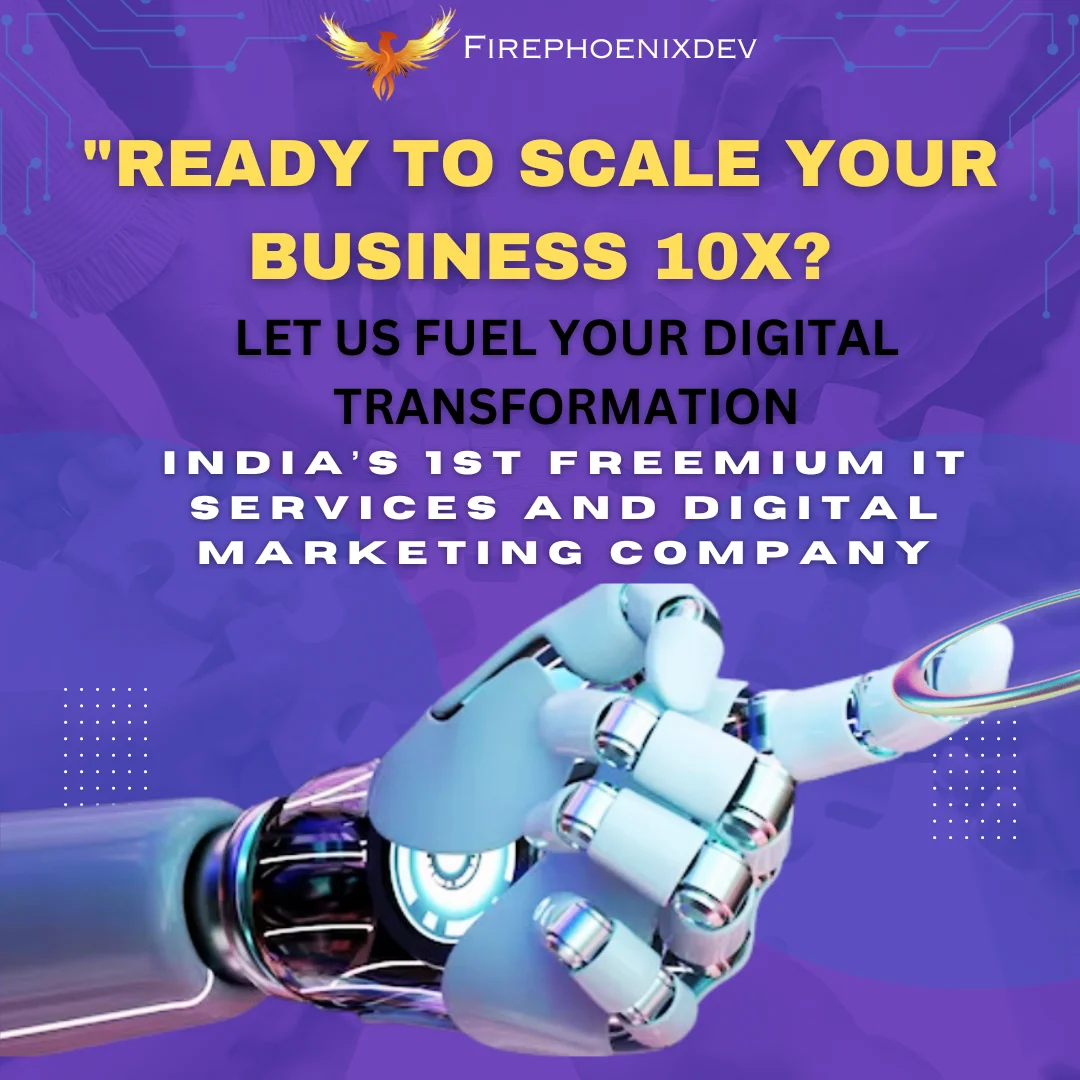.webp)
Crafting Digital Marketing Strategies that Drive Growth
Crafting effective digital marketing strategies is crucial for driving growth and ensuring your business stays competitive in an increasingly digital world. A well-thought-out strategy helps you reach your target audience, convert leads into customers, and build long-term brand loyalty. Here’s a comprehensive guide to creating digital marketing strategies that drive growth:
1. Define Your Business Goals
- Set Clear Objectives: Start by identifying what you want to achieve with your digital marketing efforts. Common goals include increasing brand awareness, generating leads, boosting sales, or growing online engagement.
- Align Goals with Business Growth: Ensure that your digital marketing objectives are aligned with your overall business growth goals. For example, if your business goal is to expand into a new market, your digital strategy should focus on targeting that specific audience.
2. Understand Your Target Audience
- Create Buyer Personas: Develop detailed buyer personas to represent your ideal customers. Include demographic information, pain points, needs, and online behaviour. This helps tailor your marketing messages to resonate with your audience.
- Segment Your Audience: Divide your audience into segments based on factors like age, location, buying behaviour, and interests. This allows for more personalized and effective marketing strategies for each segment.
3. Conduct Competitor Analysis
- Identify Key Competitors: Research your main competitors in the digital space. Analyse their digital marketing strategies, strengths, weaknesses, and areas where you can differentiate your brand.
- Benchmark Performance: Use tools like SEMrush or Ahrefs to compare your digital performance with competitors in terms of SEO, social media presence, and content marketing. This helps identify opportunities to outperform them.
4. Choose the Right Digital Marketing Channels
- SEO and Content Marketing: Optimize your website for search engines (SEO) to attract organic traffic. Create high-quality, valuable content that addresses your audience’s needs and establishes your brand as an authority in your industry.
- Social Media Marketing: Choose social media platforms where your audience is most active. Develop a content strategy that includes engaging posts, stories, and paid ads to increase brand visibility and engagement.
- Email Marketing: Use email campaigns to nurture leads, promote products, and keep your audience engaged. Segment your email list to send targeted messages and offers.
- Pay-Per-Click (PPC) Advertising: Invest in PPC campaigns on platforms like Google Ads or social media to drive targeted traffic to your website. Use data-driven insights to optimize ad spend and improve ROI.
5. Develop a Content Strategy
- Create Valuable Content: Focus on creating content that provides value to your audience, whether it’s educational, entertaining, or solving a problem. This includes blog posts, videos, infographics, and case studies.
- Implement Content Calendars: Plan and organize your content publishing schedule with a content calendar. This ensures consistency and helps align content with key dates, product launches, and campaigns.
- Repurpose Content: Maximize the reach of your content by repurposing it for different formats and platforms. For example, a blog post can be turned into a video, infographic, or social media post.
6. Optimize for Mobile and User Experience
- Mobile Optimization: Ensure your website and content are optimized for mobile devices. A mobile-friendly design improves user experience and boosts SEO rankings.
- Enhance User Experience (UX): Create a seamless and intuitive user experience on your website. Fast loading times, easy navigation, and clear CTAs are essential for keeping visitors engaged and encouraging conversions.
7. Leverage Data and Analytics
- Track Key Metrics: Use tools like Google Analytics, social media insights, and CRM systems to monitor key performance indicators (KPIs) such as traffic, engagement, conversion rates, and ROI.
- Analyse and Optimize: Regularly analyse your data to understand what’s working and what’s not. Use insights to make data-driven decisions, optimize your strategies, and allocate resources more effectively.
8. Implement Personalization and Automation
- Personalized Marketing: Use personalization techniques to tailor your messaging, offers, and content to individual user preferences and behaviour. This can significantly increase engagement and conversion rates.
- Marketing Automation: Implement automation tools to streamline repetitive tasks like email marketing, social media posting, and ad management. Automation saves time and ensures consistent execution of your strategies.
9. Incorporate Video and Visual Content
- Create Engaging Videos: Video content is highly engaging and effective for storytelling, product demonstrations, and customer testimonials. Use video marketing on platforms like YouTube, Instagram, and your website to connect with your audience.
- Use Visuals and Infographics: Enhance your content with visuals that capture attention and simplify complex information. Infographics, images, and graphic designs can make your content more shareable and impactful.
10. Focus on Customer Engagement and Community Building
- Engage with Your Audience: Actively interact with your audience on social media, in comments, and through customer support channels. Respond to questions, acknowledge feedback, and foster a sense of community around your brand.
- Build Loyalty Programs: Develop loyalty programs that reward repeat customers, encourage referrals, and create long-term brand advocates. This can include exclusive discounts, early access to new products, or special content.
11. Invest in Influencer Marketing
- Collaborate with Influencers: Partner with influencers who align with your brand and have a strong following among your target audience. Influencers can help increase brand visibility, credibility, and reach.
- Measure Impact: Track the performance of influencer campaigns by monitoring metrics such as engagement, reach, and conversions. Use this data to refine future influencer collaborations.
12. Stay Updated with Digital Trends
- Keep Up with Industry Trends: The digital landscape is constantly evolving. Stay informed about the latest trends, technologies, and best practices in digital marketing to keep your strategies relevant and competitive.
- Be Open to Experimentation: Don’t be afraid to experiment with new platforms, content formats, or marketing techniques. Testing new approaches can lead to innovative strategies that drive growth.
13. Measure Success and Refine Strategies
- Regular Performance Reviews: Conduct regular reviews of your digital marketing performance. Compare results against your goals and KPIs to assess what’s working and what needs adjustment.
- Continuous Improvement: Use insights from your reviews to make continuous improvements to your digital marketing strategies. Flexibility and adaptability are key to sustained growth.
Conclusion
Crafting digital marketing strategies that drive growth involves a combination of clear goal-setting, audience understanding, data-driven decision-making, and continuous optimization. By leveraging the right channels, creating valuable content, and staying adaptable to changes in the digital landscape, you can build a strong online presence, engage your audience, and achieve significant business growth.

